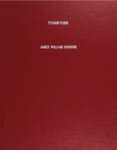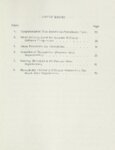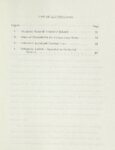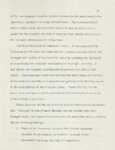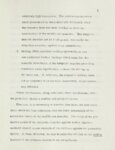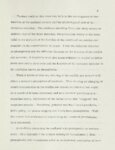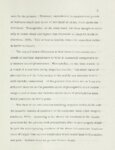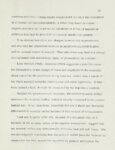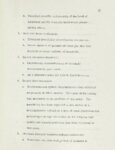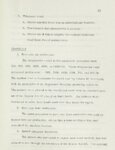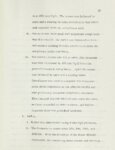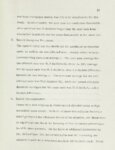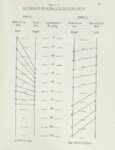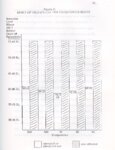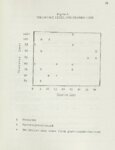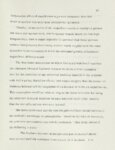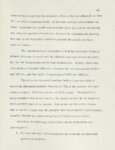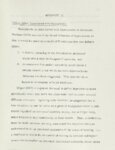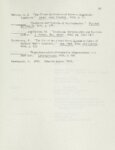| Description |
Phonophobia, a condition defined as an abnormal perception of loudness or discomfort for supra- threshold sounds which do not annoy healthy individuals, occurs when the stapedius muscle is inoperative, either because of paralysis or surgery. The purpose of this study is to determine if those subj ects who had phonophobia did indeed have an abnormal growth of loudness. The alternate binaural loudness balance evaluation (ABLB) was applied to these subj ects for the first time on phonophobia to increase knowledge about the role of the middle ear muscle on this condition and to find characteristics other than reduced tolerances to loudness. Along with the ABLB, the following battery of tests were also applied on the same set of eighteen subjects: pure tone air conduction, pure tone bone conduction, speech reception threshold, speech discrimination, electro- acoustic impedance tests, and tolerance level. Fifteen of the patients selected all had stapes surgery, and three patients had facial paralysis or Bell's palsy unilaterally, with a normal or near normal opposite ear. The results of all the tests substantiated each other in revealing abnormal loudness perception. The pure tone air conduction tests produced a mean score of 16. 4 decibels in the phonophobic ears, and a mean of 15.6 decibels in the normal ear. The pure tone bone conduction tests tested within five decibels of the previous test. Results from the speech reception threshold test were 19.4 decibels for the affected and 17. 0 decibels for the non- affected ears. Speech discrimination was tested incidental to the basic study to corroborate studies being conducted at the University of Utah and was not, therefore, applied to all the subjects. The ABLB revealed 50% of the patients tested had an abnormal loudnes s balance. Of these nine, one had a difference in loudness balance of 20 decibels between his two ears, while the others had a 10 to 15 decibel difference in loudness balance. These differences were usually near, but never over, the sensation level required to activate the stapedius reflex. The electro- acoustic impedance test was not performed on all the subjects, but only on a sample of five of the eighteen patients. It was applied to determine the middle ear impedance of the subjects having an abnormal ABLB, and to then evaluate the results to determine if there were any particular patterns elicited by those subjects who exhibited an abnormal ABLB. Finally, the tolerance level of the affected ears of all eighteen patients was found to be reduced 5.8 decibels from the non-affected ears. In the nine who had an abnormal ABLB, the difference in tolerance level was 11. 4 decibels. Individual differences, however, need to be taken into consideration, as all patients do not approximate the mean score. The conclusions drawn from this study are that phonophobic patients do demonstrate an abnormal growth of loudness which usually occurs at or near the 60 decibel sensation level for all frequencies. This abnormal loudness perception is correctly determined by the ABLB, a test found to be better than the other tests previously applied to diagnose this condition. |

